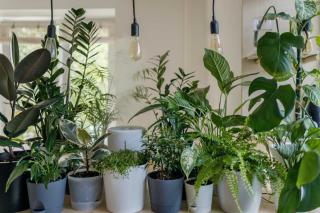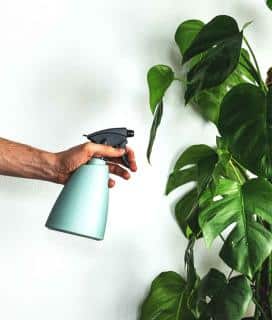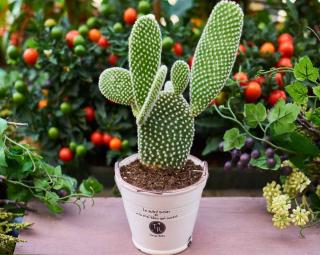

In winter, growing conditions change, even inside the house: your leaf plants require special care.
Days grow shorter, the sun goes into hiding: in winter, light levels drop and this can have an impact not only on our own mood, but also on indoor plants, too!
Those that are the most vulnerable are flower plants and plants with colored or mottled leaves.
If their leaves start turning yellow, it means light is lacking.

If you can’t move them, a mirror set to reflect the window will work, too.
Once night has fallen, indoor lighting takes over, since most plants require at least 12 hours of light a day.

Reduce this effect by bringing all the plants together, away from radiators and by misting them on a regular basis with rainwater to create a “moisture bubble”.

If you’ve got cactuses, let them overwinter in a cold room (50 to 60°F, 10 to 15°C) that is well lit. In spring, you’ll bring them back to the living areas of the house to make the bloom.
As for watering, don’t overdo it! If leaves turn brown or soften up, it means you’re watering too much, and root rot isn’t far off…
Plants are dormant in winter, so they don’t require much water.
Watering once a week is enough for most plants, and some that have a trunk or a hard stem (ficus tree, palm trees, yucca…) will do fine with a little water every 10 to 15 days.
Laure Hamann